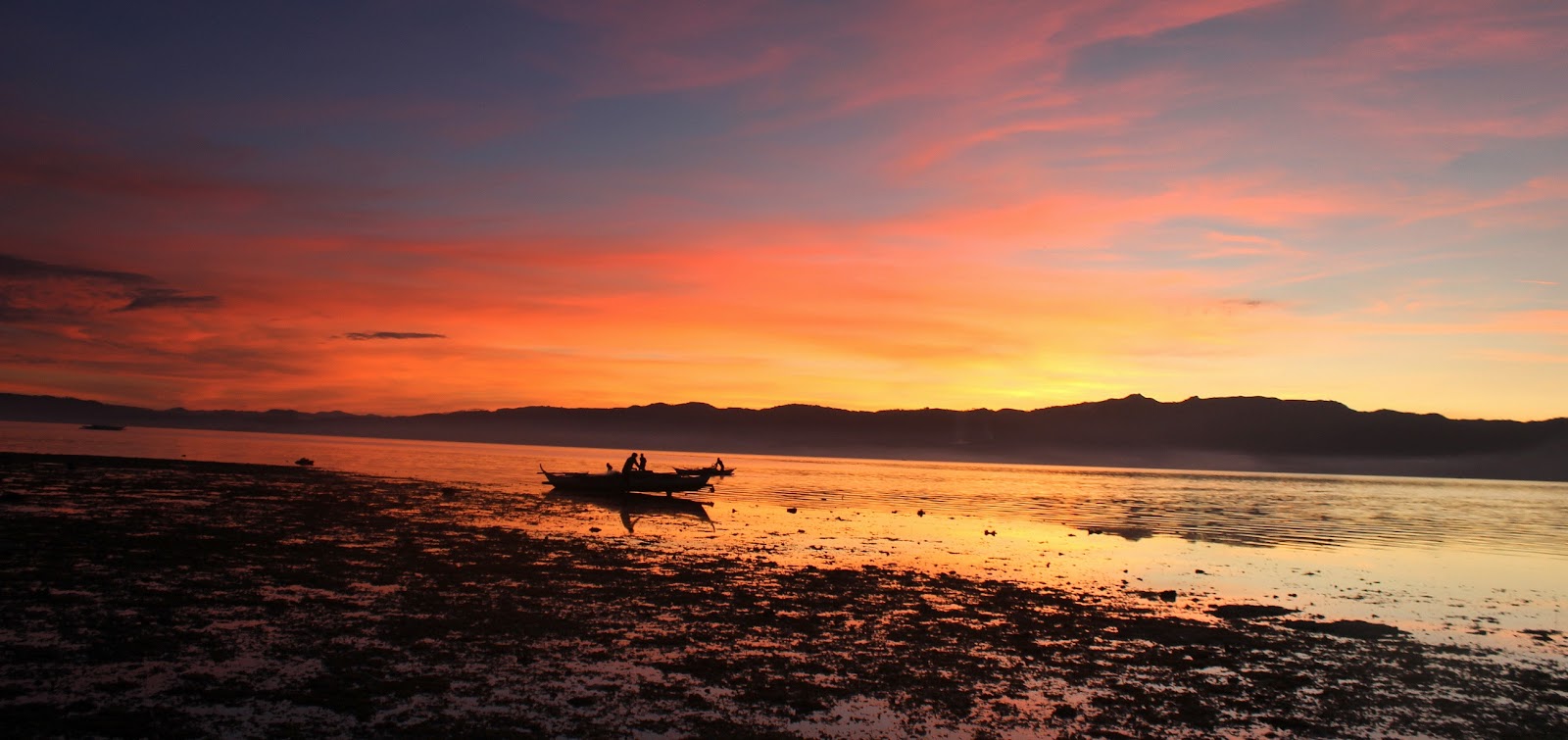
1. Dapitan City Plaza
Dapitan City Plaza (“Liwasan ng Dapitan”), also known as the Town Square, is the plaza that Dr. Jose P. Rizal beautified and developed during his exile. It has an estimated land area of 1 hectare, and it is laid out in the traditional rectilinear Spanish colonial manner. The plaza already existed when Dr. Jose P. Rizal arrived in Dapitan on July 17, 1892. Making this area one of the top tourist attractions in Zamboanga del Norte. Details from Dapitan City Official Website

2. Dr. Jose P. Rizal Monument

3. Saint James Church Dapitan
This church is historical because it is where Rizal stood while hearing masses on Sundays during his exile. It was built in 1871 in honor of St. James the Great, but this church is already the second structure. The first was constructed between 1631 to 1767, except for the finishing and exterior walls. Some parts were renovated due to deterioration. In 1944, Japanese soldiers used this church as a resting/sleeping area for about five days.

4. Casa Real
According to the historical marker: "This is the site of the Case Real, office residence and administration building of the Politico - Militar Governor of the district. Here, Jose Rizal lived as an exile from July 17, 1892 to March, 1893 when he was transferred to Talisay, now the Rizal Dapitan Shrine."

5. Dapitan Heritage Houses

6. Aniano Adasa Heritage House
According to the marker, "This building is a symbol of American architecture with a touch of Spanish Structural Lattice Artwork. The sling windows adhere to the Japanese style. The city's richness in cultural heritage is greatly and elaborately displayed in this house."

7. Jose Rizal Museum and Shrine
The Rizal Shrine in Dapitan City was the place where Jose P. Rizal, a Philippine National Hero, was exiled by the Spaniards in 1892. It was also the place where he worked as a doctor, sculptor, farmer, teacher, and many other activities. Rizal purchased this land after winning a lottery in 1892. Later, he, together with his mother, sisters, and relatives, transferred here from Calamba, Laguna. However, on January 15, 1897, all of his property was confiscated by the Spanish authorities. Converted this property into a park in memory of Rizal and was declared as the National Rizal Park in 1940.
Solo-Backpacking Itinerary and Guide:
It was a long travel from Ipil, Zamboanga Sibugay, to Dipolog City, Zamboanga del Norte. My primary destination in this province is the Jose Rizal Shrine. In this place, Dr. Jose P. Rizal, the Philippine National Hero, spent his few years when he was exiled but still made his life fruitful by working as a doctor, sculptor, farmer, teacher, and participating in other activities.
Where to Stay in Dipolog City:
- According to Google Maps, GV Hotel is a few blocks away from the terminal, so I rode on a motorcycle and I just discovered that it's actually a walking distance. Upon arrival, I checked in, tidied up, rested for 30 minutes, and headed to the terminal again.
- GV Hotel is one of the cheapest and most budget-friendly in the city. For an overnight stay, I paid 600 pesos; the room has a toilet and bath, a single bed, cable TV, and an aircon. Furthermore, it is situated in the center; thus, it is a walking distance to the Integrated Terminal, food establishments, and banks.
Traveling to Dapitan City:
- First, I had my late lunch at the food court inside the mall, in front of the hotel. After that, I walked on the street, going back to the terminal. Rode in an Evergood Bus to Dapitan City. Alighted when I saw the city plaza. Travel time is about 40 minutes.
Going Back to Dipolog City:
- It was already sunset when I left Rizal Shrine. By the entrance, I rode in a tricycle to the bus terminal bound for Dipolog City Terminal, had my dinner, and walked to the hotel. The next day, still using Google Maps, I walked on the streets to Dipolog Cathedral and plaza; however, they were both under construction. Instead, had my breakfast at one of the fast-foods in the city.
How to Get to Zamboanga del Norte:
- Cebu Pacific and Philippine Airlines have their regular trips to the airports in Dipolog City. If you're from the nearby provinces, you can ride in a Rural transit bus or UV Express van at any terminal. READ: SOLO-BACKPACKING IN ZamBaSulta, Region 9, Misamis Occ.
